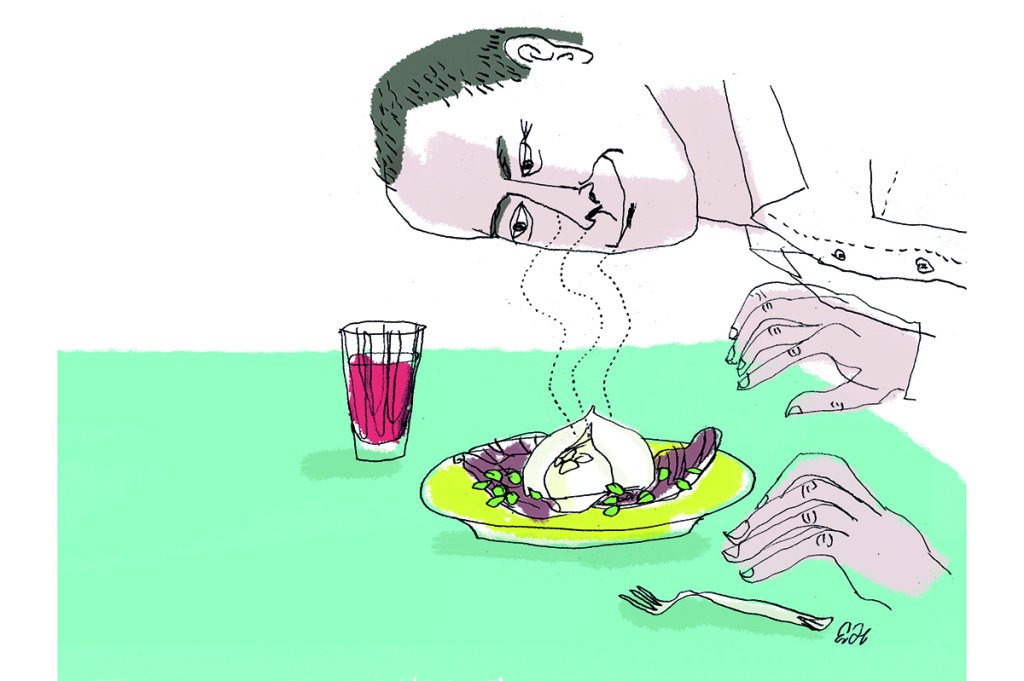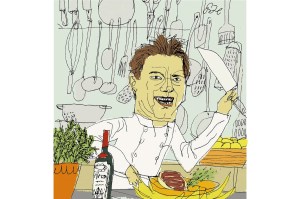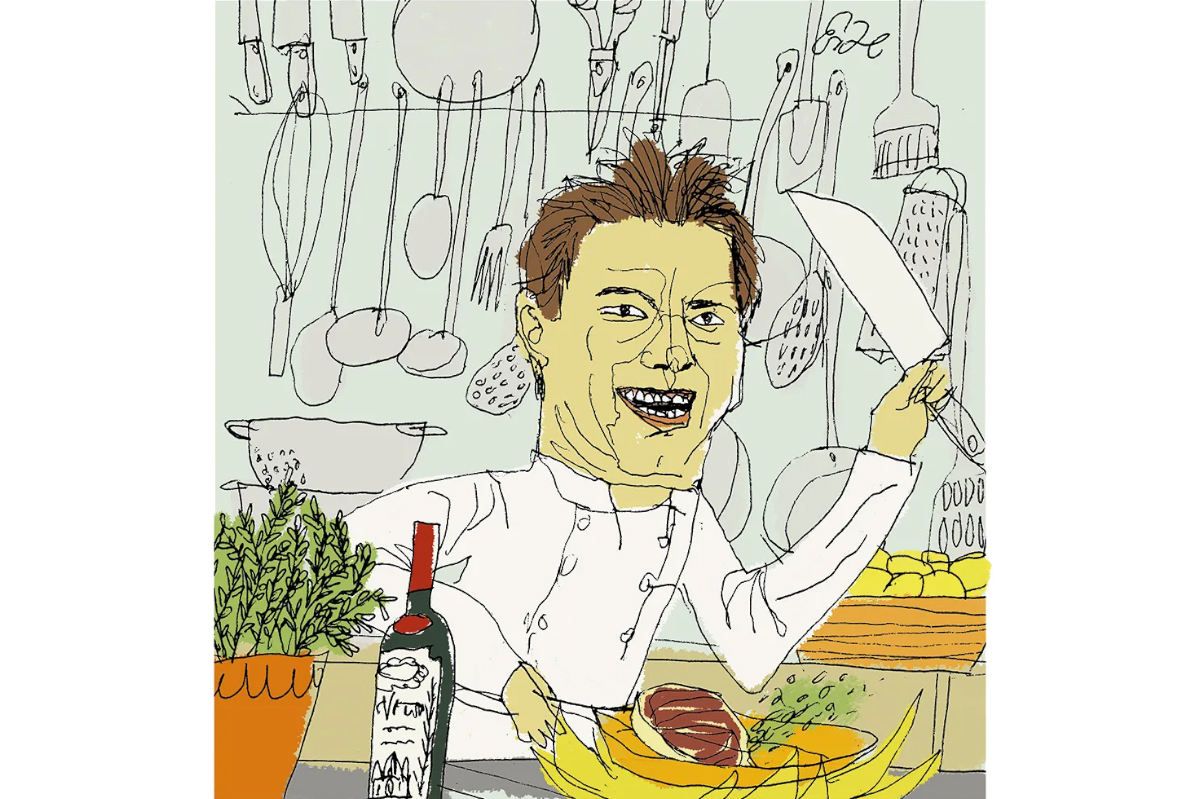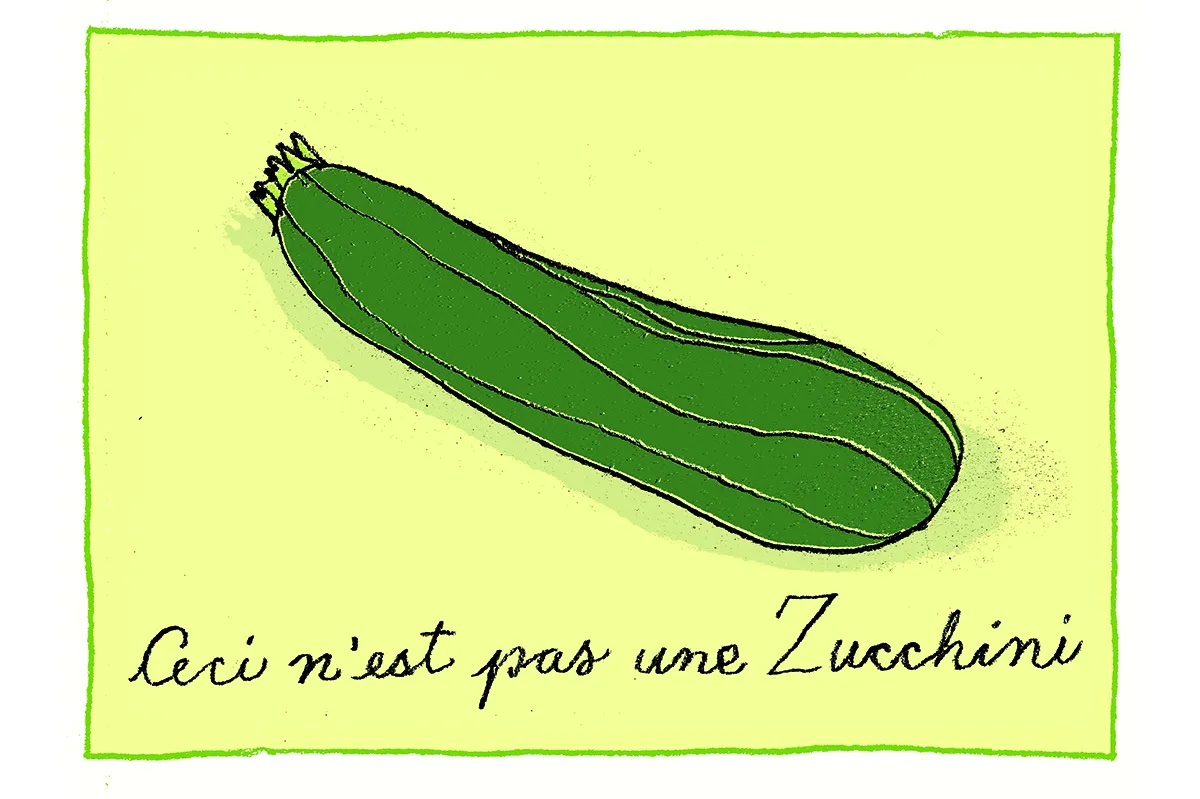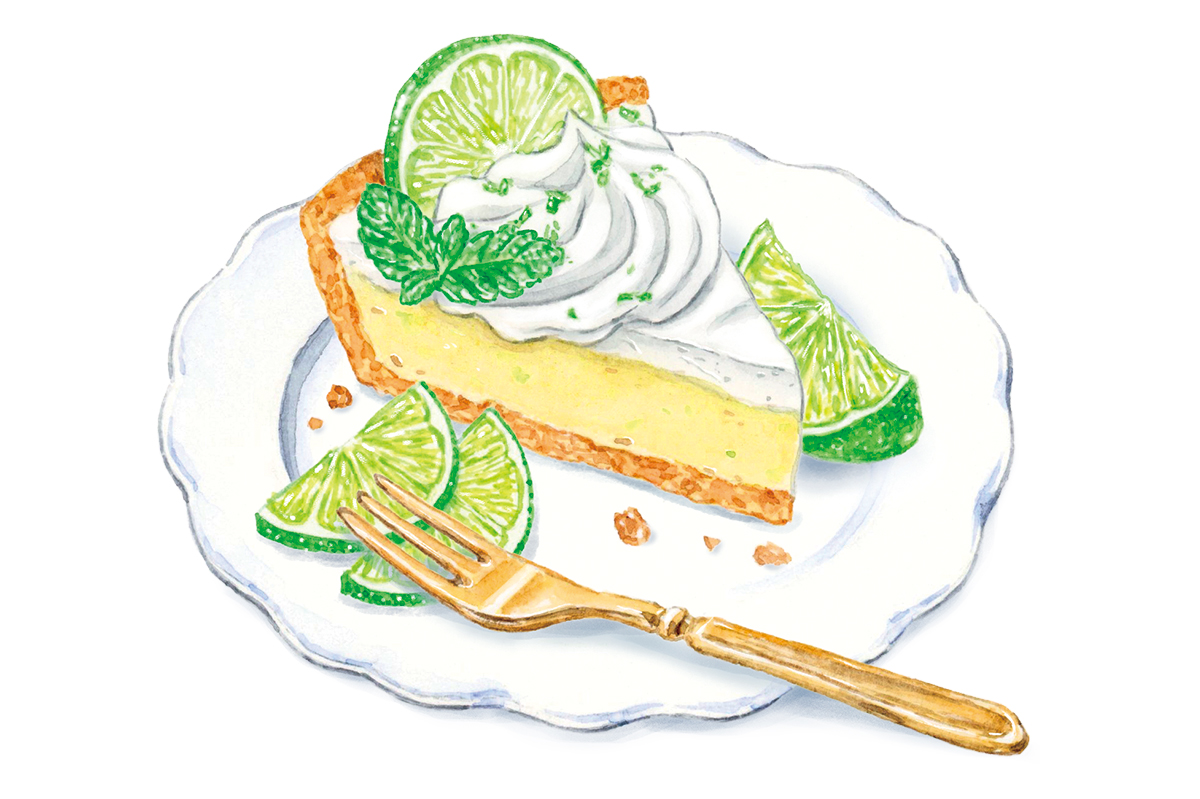Wise men say only fools rush in. But in this particular instance, I really couldn’t help falling in love on the spot. Like a zillion others, the story starts on a night out. When my party, dripping with rain, arrived at the restaurant, our table wasn’t ready, and they ushered us to wait at the bar
The bar was a happening kind of place. Instead of looking up at shelves of bottles and bartenders mixing drinks, it looked down onto the kitchen area, which was built around a giant wood fire over which five or six cooks labored frenetically. The flames blazed openly, fed from the picturesque log stack that lined the back wall of the dining area. A cunning array of iron grills was suspended over the flames with chains, allowing individual grills to be raised or lowered to be closer or farther from the heat. High up on the corner of the topmost rack sat a wire basket of red peppers, soaking up the smoke. It sat there all evening, half lit, half shadowed like a detail in a Chardin.
Activity was at a peak. The lad running the pass was shouting out orders; one cook kept slipping off to the side to put on new logs, then returning to toss braised vegetables energetically. He looked a trifle warm, as well he might. On the grills immediately above the flame, four or five enormous steaks had just been tossed on by a large and muscular chef. He flapped a brace of trout fillets next to them and turned to dress the plates under our very noses, undisturbed by our scrutiny. Waiters pattered in and out furiously.
It was restful, watching other people work so hard. An enormous hood fan pulled most of the direct heat out of the room, but a pleasant glow remained (pleasant for those not rushing about madly, that is). After the wet street, the heat sank gratefully into our bones. The aroma of sizzling steak wafted through the air. And then it happened.
I had been sipping on my cocktail (an Edmund Fitzgerald, house special), but I quickly stopped and set it down. All it took was one instant. But I knew nothing would ever again be the same. Something new, life-changing, was entering my ken. My head swam a little. In a daze, I heard the muscular chef shout the name I needed to know. I strained my ears to catch it correctly. Not for me the Beatles’ lame-o attitude: ‘For if I ever saw you/ I didn’t catch your name,/ But it never really mattered’.
‘Three burratas!’ the chef roared, sprinkling chopped pistachios over the heavenly substance cushioned on roasted radicchio and pushing the dishes down the counter.
‘Three burratas!’ echoed the man running the pass, handing them on.
Burrata, I repeated carefully to myself as the three plates of salad were whisked away. Burrata.
At our table later on, I examined the menu carefully. Burrata was listed among the appetizers; no space was wasted on details. It would seem that either you know what burrata is, or you don’t. Either you’re one of the cognoscenti, or a mere member of the vulgus, a non-foodie, unworthy to mingle with the culinary elites. I would not quail. I turned to the waitress.
‘The burrata, please,’ I said carelessly, perhaps even with a faint air of boredom, as if I were on the cusp of discovering the next big thing but burrata would have to tide me over until some inspired chef was able to elicit a passing flicker of interest in my eyes.
It arrived — and it was just as glorious up close as it had been spinning before my star-struck eyes in the kitchen. Lightly flame-roasted radicchio surrounded what looked like — but was not — buffalo mozzarella. It was a large, white, fresh cheese, split in half, with a firm-ish exterior and a textured, runny interior. Pistachios were sprinkled indiscriminately over cheese and radicchio, and honey was drizzled over everything. It was absolutely delicious: creamily sweet, delicate, with a hint of tart pungency. Perhaps something to do with the honey, but one imagined, too, just a soupçon of balsamic, though I think it was more an allusion than a reality. And then, of course, the smoky bitterness of the radicchio and the meaty richness of the pistachios. Compose me a symphony, somebody. Did Dvorak write Rusalka’s song to the silver moon under the inspiration of a white Italian orb of burrata? Like the eponymous sprite Rusalka, burrata spends its life in water —
OK, OK, probably not; I’m getting a little carried away. The excellent company surely played its part in making the food taste extra-specially good. But gosh, that was a wonderful cheese. I looked it up, and of course everyone but me, it appears, has heard of it (not my fault that restaurants have been closed for far too long!). All the Instagram cooks are festooning their profiles with glamorous snaps of burrata wreathed in fresh basil and colorful heirloom tomatoes, burrata on Neapolitan pizza, burrata and eggplant, burrata with prosciutto-wrapped peach slices, and so on.
Burrata was invented by a thrifty Italian in the region of Puglia who didn’t like seeing the scraps from mozzarella production go to waste. He took leftover mozzarella curd and stretched it to form a pouch, into which he put fresh cream from the morning’s milking mixed together with strand-like fragments of mozzarella curd, a combination called stracciatella (you may be familiar with the egg soup bearing that name, but stracciatella simply means rags or shreds; these were ‘rags’ of cheese curd). Finally he twisted the pouch shut, like tying off a balloon, to seal the whole thing. In early 20th-century Puglia, they would wrap the finished cheese in asphodel leaves to keep it fresh for its journey to the market.
Just which thrifty Italian had this brainwave is a matter of some dispute among southern Italy’s leading burrata producers. But at any rate, it took several centuries to invent: buffalo mozzarella has been around since the 13th century, and burrata is the new kid in town. It’s a fresh cheese, best consumed within 48 hours of preparation. Should you be so fortunate as to live in Puglia, or near a burrata producer (nowadays there are even a few stateside), eat it before it ever sees the inside of a refrigerator — low temperatures make the exterior go rubbery.
If it has been refrigerated, it should be allowed to rest at room temperature for an hour before serving. Burrata, unlike revenge, is not at its best cold. Despite its silver-moonishness, it’s not at its best surrounded by angst either; Dvorak’s misery-laden Rusalka is not its natural habitat. Creamy burrata, bad for the waistline and good for the mood, belongs to stories with happy endings. Wise men can say what they like; for me, the rose-colored glasses and the burrata and baguette. Keep ’em coming all day.
This article was originally published in The Spectator’s October 2021 World edition.



